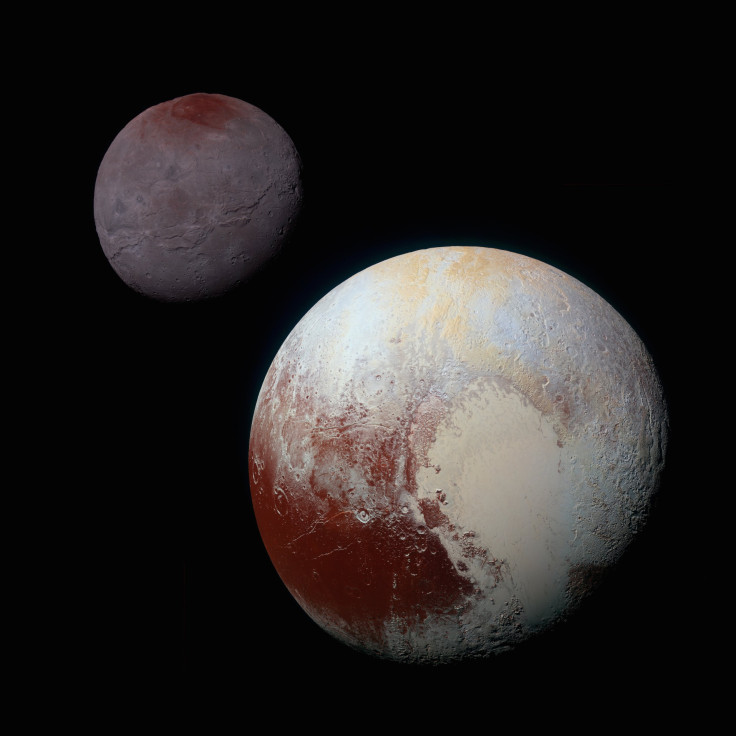New Horizons: Top Discoveries About Pluto From One Year Of Data About The Outer Solar System

It was exactly a year ago, on the morning of July 14, 2015, that NASA’s New Horizons spacecraft started recording images and other data of Pluto, the ninth rock from the Sun, once a planet but reclassified as a dwarf 10 years ago. And the information we have received has told us much about Pluto that we did not know, and much of it has surprised scientists.
Jim Green, NASA’s director of planetary science, said Thursday: “New Horizons not only completed the era of first reconnaissance of the planets, the mission has intrigued and inspired. Who knew that Pluto would have a heart? Even today, New Horizons captures our imagination, rekindles our curiosity, and reminds us of what’s possible.”
Here are some of the findings from New Horizon that are exciting scientists the most, as defined by Alan Stern of the Southwest Research Institute in Boulder, Colorado, who is also New Horizons principal investigator.
- A 1,000-kilometer-wide (about 622 miles) heart-shaped nitrogen glacier (its informal name is Sputnik Planum) on Pluto “is the largest known glacier in the solar system.”
- Pluto’s atmospheric pressure has changed vastly and, possibly, the dwarf planet also had “running or standing liquid volatiles on its surface — something only seen elsewhere on Earth, Mars and Saturn’s moon Titan in our solar system.”
- There are indications that Pluto may have an existing sub-surface water-ice ocean. Additionally, its largest moon, Charon, may have also had a similar water-ice ocean inside it in the past.
- The “dark, red polar cap” on Charon is unique in the solar system and was probably made by "atmospheric gases that escaped Pluto and then accreted on Charon’s surface.”
- We have stronger evidence to believe that all five of Pluto’s moons “were formed together in a single collision between Pluto and another planet in the Kuiper Belt long ago.”
- It was surprising to not find any more satellites of Pluto than the five already discovered before the flyby.
About 20 percent of the data recorded by New Horizons has yet to be sent back to Earth; its transmission is expected to be complete by October. The spacecraft is now 300 million miles beyond Pluto, on an extended mission deeper into the Kuiper Belt.
© Copyright IBTimes 2025. All rights reserved.





















